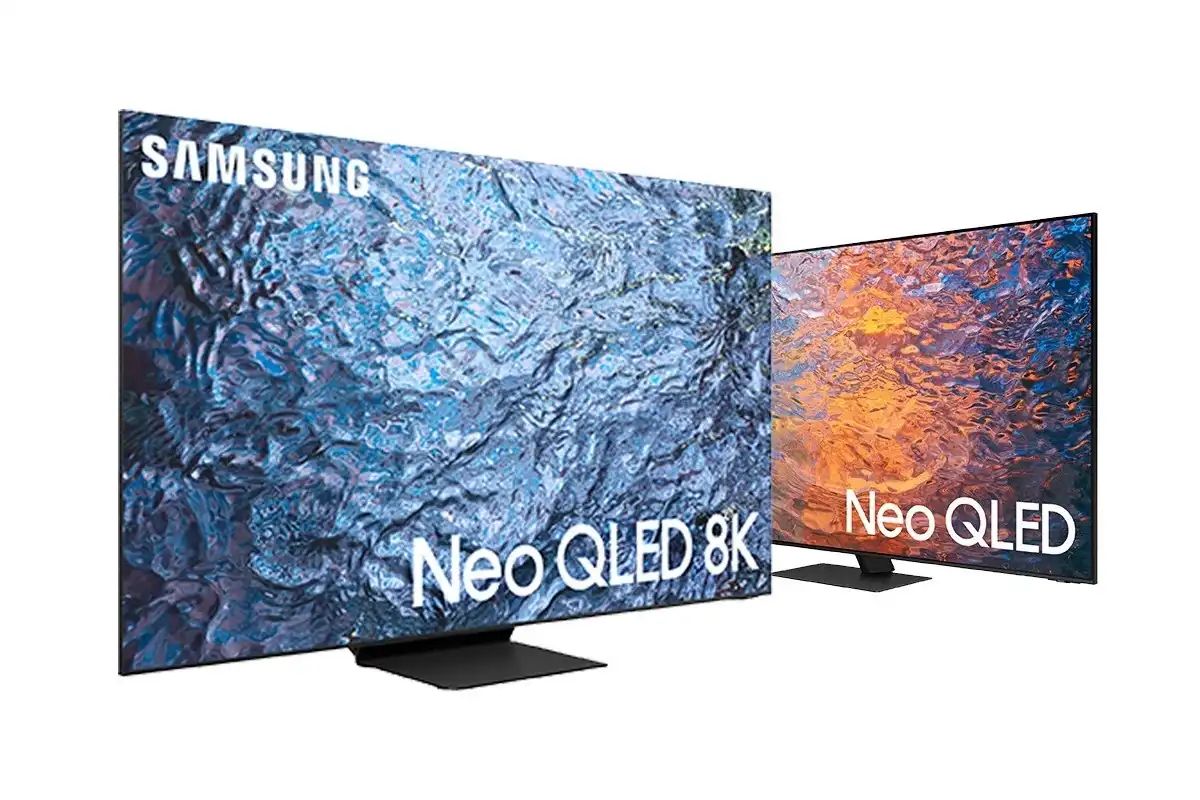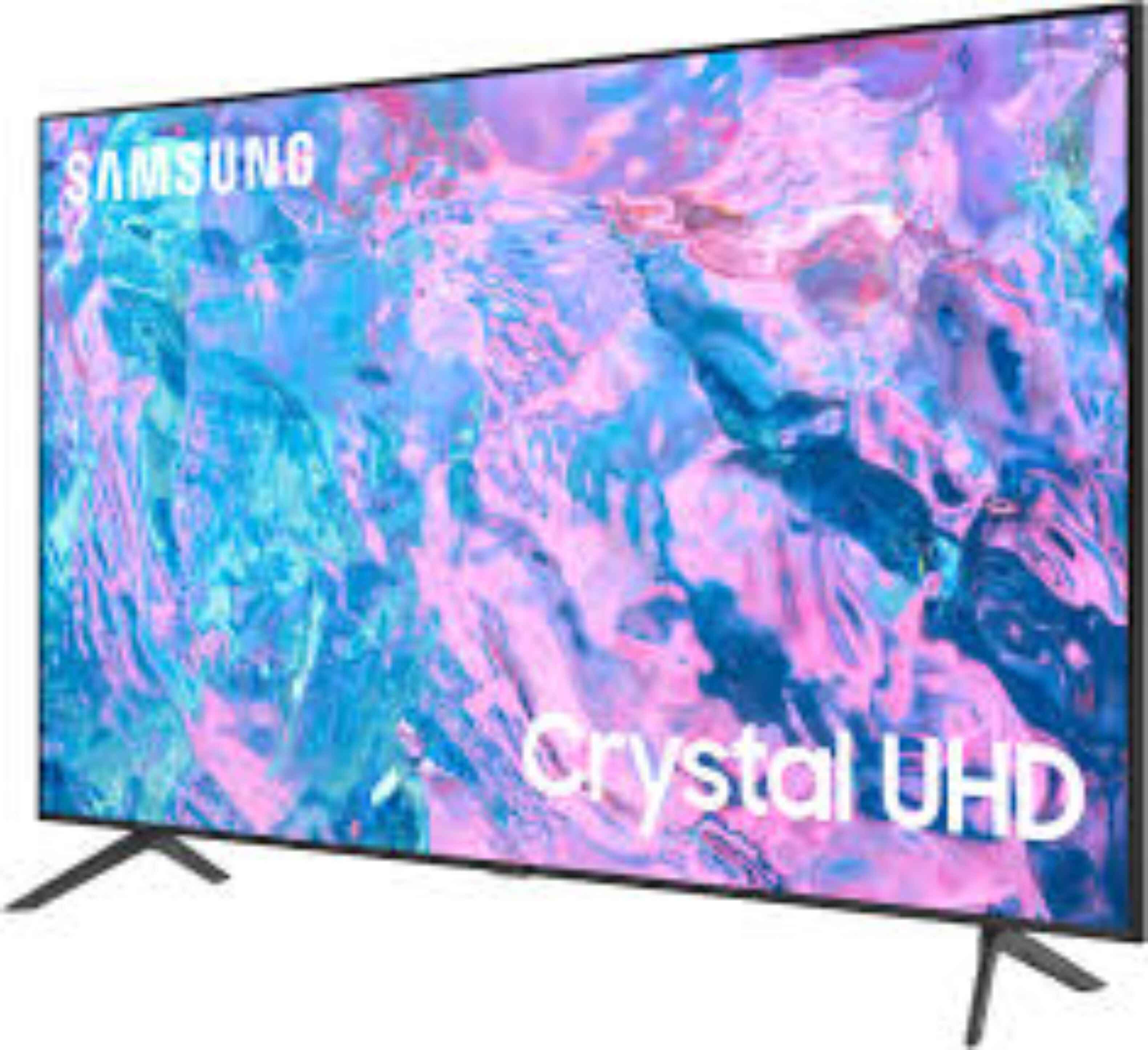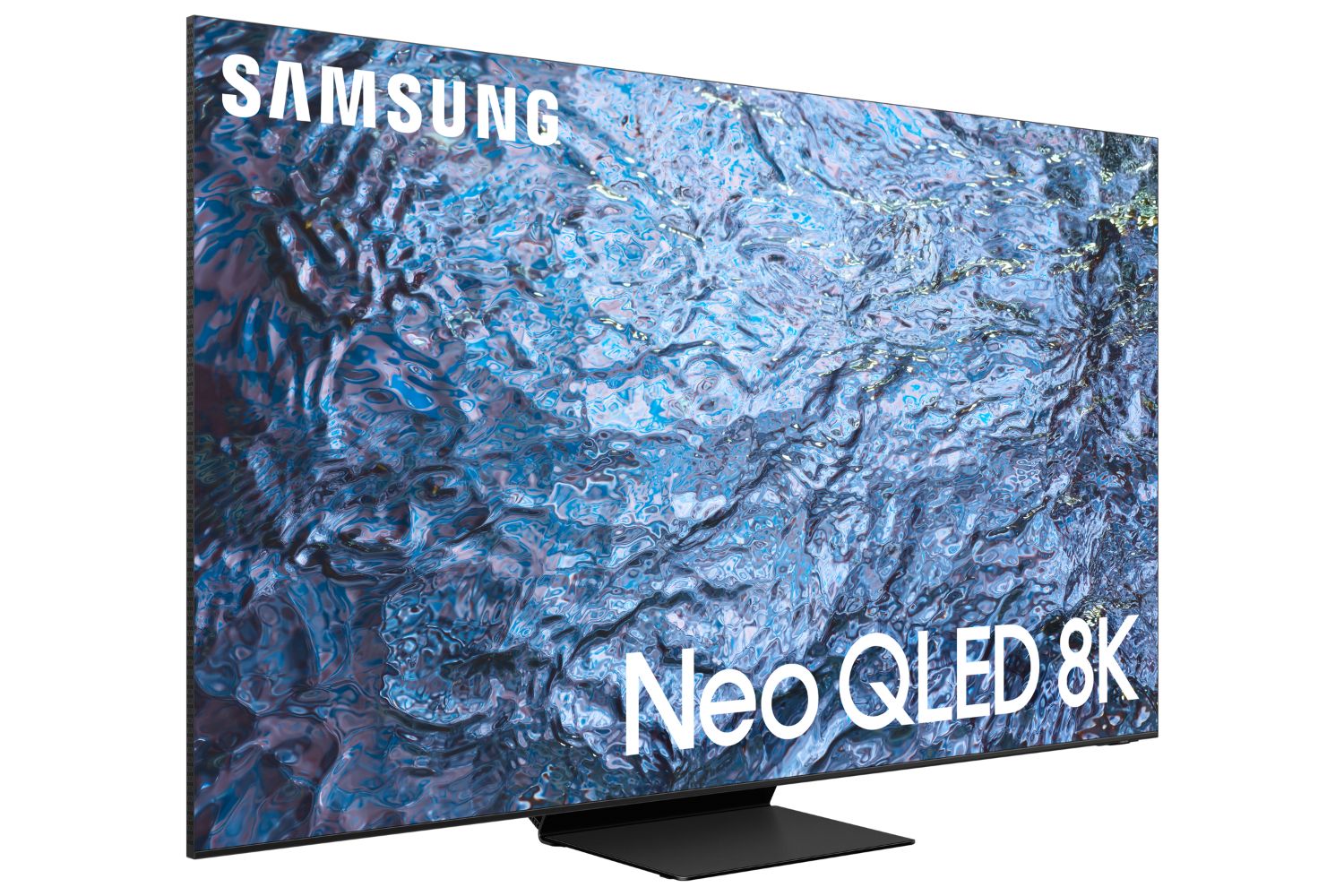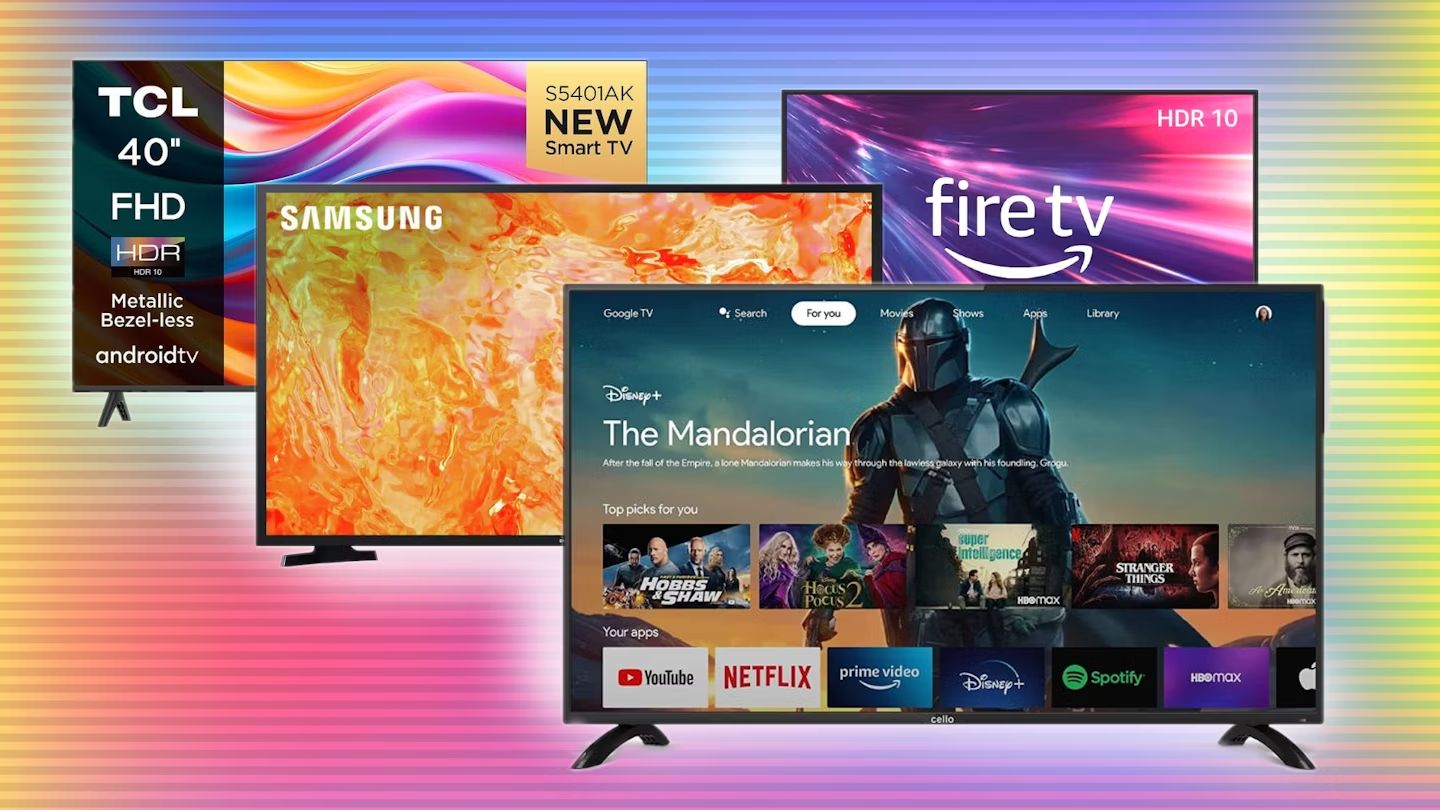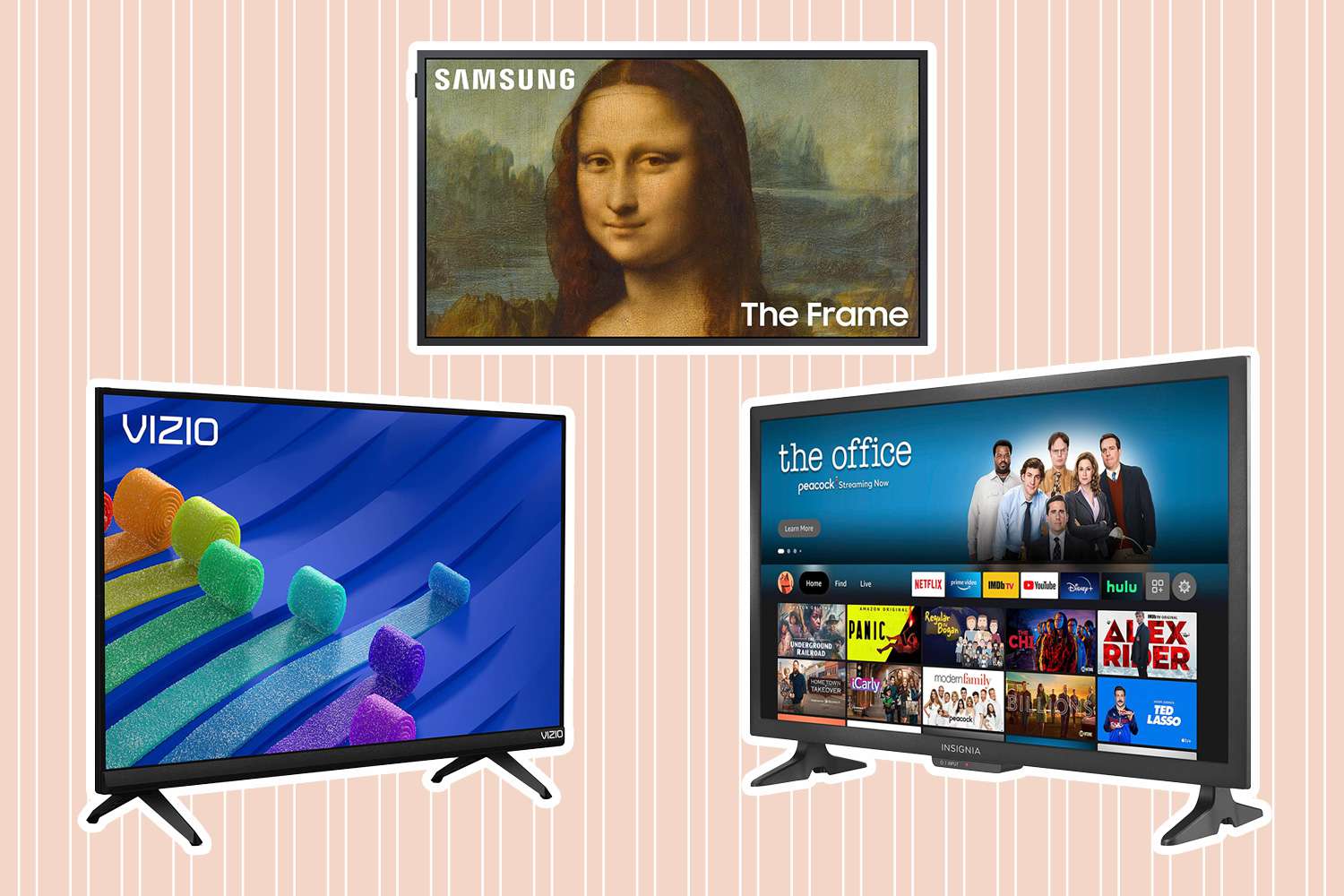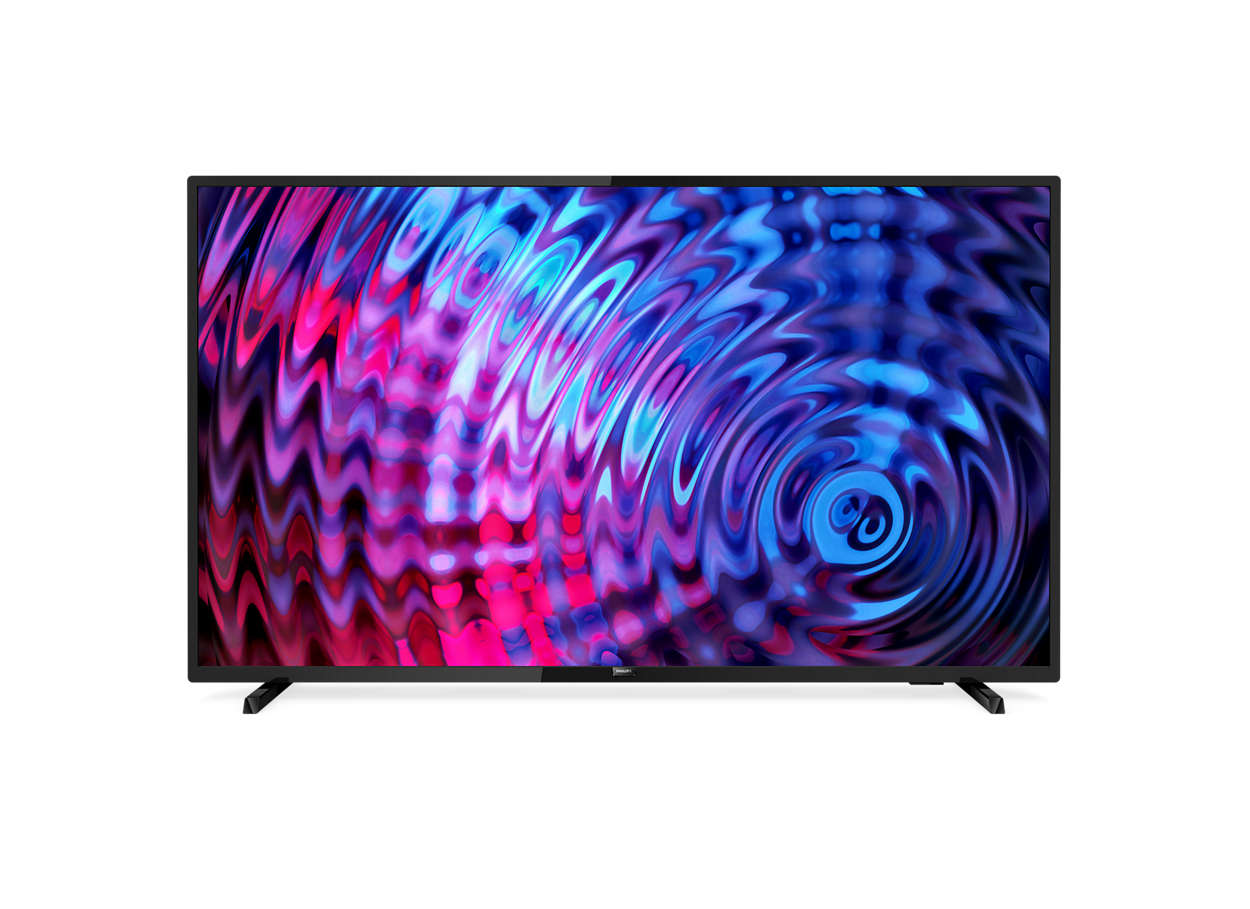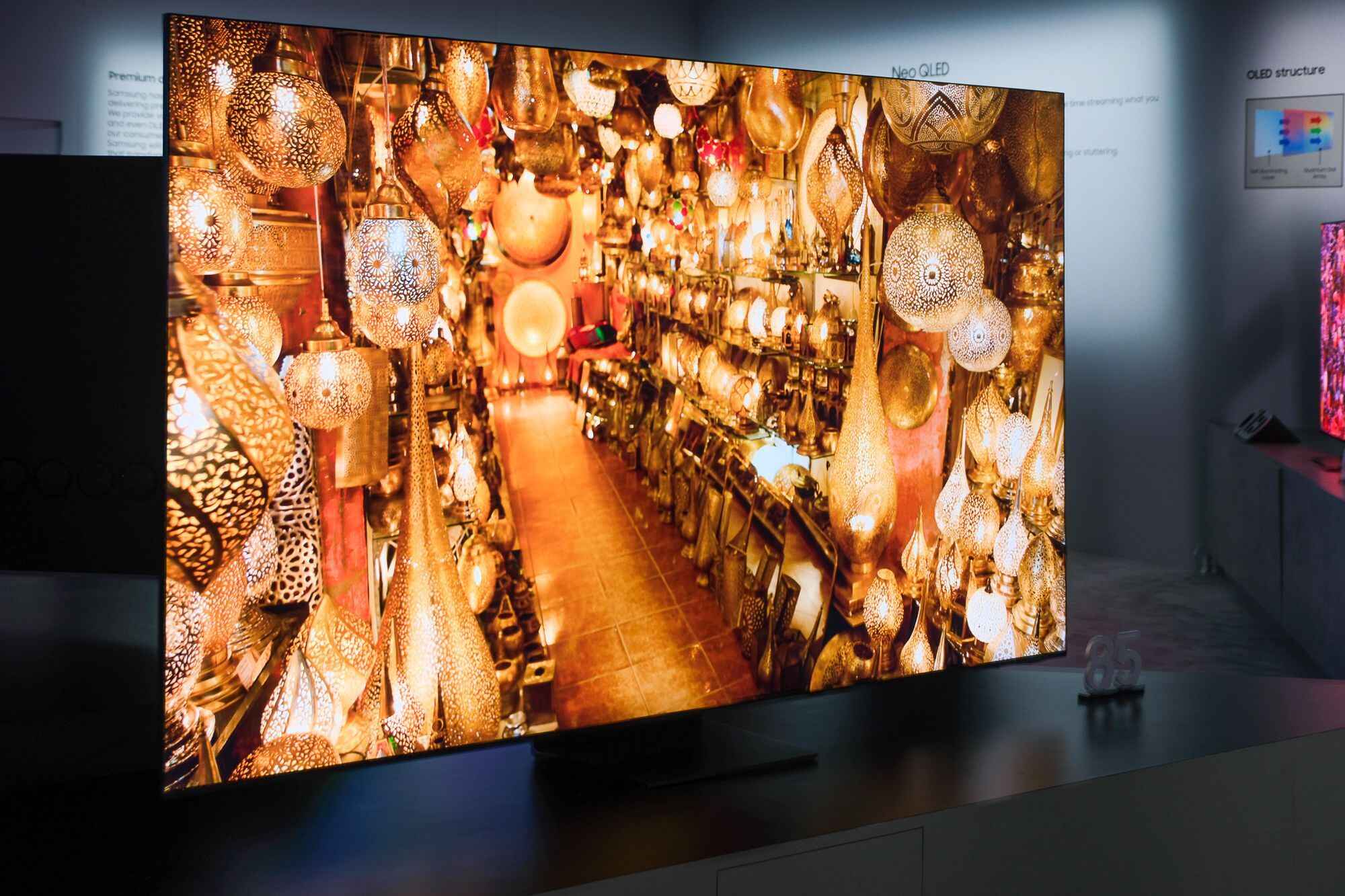Introduction
Smartphones have become an integral part of our lives, and their capabilities continue to expand with each new model. One of the great features of modern smartphones is the ability to connect them to other devices, such as a Samsung LED TV, to enjoy content on a larger screen. This can be especially useful for streaming videos, playing games, or even giving presentations.
In this article, we will guide you through the steps to connect your smartphone to a Samsung LED TV. By following these simple instructions, you can easily mirror your smartphone’s screen and enjoy all your favorite content on the big screen.
Before proceeding, it’s important to note that not all smartphones are compatible with Samsung LED TVs. Make sure to check the compatibility of your phone before attempting to connect it. Additionally, the steps mentioned in this guide may vary slightly depending on the model of your Samsung LED TV and the operating system on your smartphone. However, the general process remains the same.
To begin, you will need to ensure that your smartphone and Samsung LED TV are connected to the same Wi-Fi network. This will allow them to communicate with each other and establish a connection for screen mirroring. Once you’ve confirmed the compatibility and Wi-Fi connectivity, you can proceed to enable screen mirroring on both your TV and smartphone.
Please note that the specific steps to enable screen mirroring may differ slightly depending on the model and brand of your smartphone. Additionally, some older Samsung LED TV models may not have built-in screen mirroring capabilities. In such cases, you may need to use additional devices, such as a casting device, to establish the connection.
In the following sections, we will walk you through the step-by-step process for connecting your smartphone to a Samsung LED TV, enabling screen mirroring on both devices, and successfully mirroring your smartphone screen on the TV. So, let’s get started and turn your Samsung LED TV into a powerful display for your smartphone content.
Step 1: Check for Compatibility
Before attempting to connect your smartphone to a Samsung LED TV, it’s crucial to check for compatibility. Not all smartphones are equipped with screen mirroring capabilities, and even if they do, they might not be compatible with your TV model.
To check compatibility, start by referring to the user manual of your Samsung LED TV. Look for information about screen mirroring and the supported devices. This will help you determine if your specific TV model can connect to smartphones for screen mirroring.
Next, check if your smartphone supports screen mirroring. Most phones that run on Android or iOS operating systems have built-in screen mirroring features. To verify this, go to the settings menu on your smartphone and look for options like “Screen Mirroring,” “Cast,” or “MirrorShare.” If you find any of these options, it means your phone supports screen mirroring.
Once you’ve confirmed that both your smartphone and Samsung LED TV support screen mirroring, you’re ready to proceed with the connection process. If your smartphone or TV does not support screen mirroring, don’t worry. There are alternative methods, such as using third-party apps or casting devices, that can help you achieve screen mirroring functionality.
In case you are unsure about the compatibility or unable to find the necessary information in the user manual, consider contacting the manufacturer’s customer support or visiting their website for further assistance. They will be able to provide you with accurate information based on your specific TV and smartphone models.
Remember, checking for compatibility is important to ensure a smooth and successful connection between your smartphone and Samsung LED TV. By taking the time to verify compatibility, you can avoid any potential frustration or issues during the setup process.
Step 2: Connect Your Phone and TV to the Same Wi-Fi Network
To establish a connection between your smartphone and Samsung LED TV, it is essential to ensure that both devices are connected to the same Wi-Fi network. This will allow them to communicate with each other and enable screen mirroring.
Start by turning on your Samsung LED TV and navigating to the settings menu. Look for the “Network” or “Wi-Fi” option and select it. From there, choose your Wi-Fi network and enter the password if prompted. Once connected, your TV will show a confirmation message or an indication that it is connected to the Wi-Fi network.
Next, grab your smartphone and navigate to the settings menu. Look for the “Wi-Fi” option and select it. A list of available Wi-Fi networks will appear. Locate and select the same Wi-Fi network that your TV is connected to. Enter the password if prompted and wait for your smartphone to establish a connection with the network.
Now that both your smartphone and Samsung LED TV are connected to the same Wi-Fi network, they are ready to communicate with each other. This is a crucial step in the process as it serves as the foundation for establishing a successful connection and enabling screen mirroring.
If you encounter any difficulties connecting either device to the Wi-Fi network, ensure that your network connection is stable and functioning properly. You may need to reset your router or contact your internet service provider for assistance.
Remember, for the screen mirroring process to work seamlessly, it is essential that your smartphone and Samsung LED TV are connected to the same Wi-Fi network. This will pave the way for the next steps in the setup process, including enabling screen mirroring on both devices.
Step 3: Enable Screen Mirroring on Your Samsung LED TV
Once you have ensured that your smartphone and Samsung LED TV are connected to the same Wi-Fi network, the next step is to enable screen mirroring on your TV. This will allow your TV to receive and display the screen content from your smartphone.
To begin, turn on your Samsung LED TV and grab your TV remote control. Look for the “Source” or “Input” button on the remote and press it. A list of input sources will appear on the TV screen. Navigate through the options until you find the one labeled “Screen Mirroring” or “Miracast.” Select this option to activate screen mirroring on your TV.
After enabling screen mirroring, your Samsung LED TV will be ready to receive a connection from your smartphone. The TV screen might display a message indicating that it is waiting for a device to connect or searching for available devices.
Please note that the specific steps to enable screen mirroring may vary depending on the model of your Samsung LED TV. If you are having trouble finding the screen mirroring option, refer to the user manual or visit the manufacturer’s website for specific instructions based on your TV model.
It is also worth mentioning that some older Samsung LED TV models might not have built-in screen mirroring capabilities. In that case, you can consider using a compatible casting device, such as a Google Chromecast or Amazon Fire TV Stick, to enable screen mirroring.
Once you have successfully enabled screen mirroring on your Samsung LED TV, you are now ready to move on to the next step, which is enabling screen mirroring on your smartphone. This will establish the connection between your devices and allow you to mirror your smartphone screen on the TV for an immersive viewing experience.
Step 4: Enable Screen Mirroring on Your Smartphone
After enabling screen mirroring on your Samsung LED TV, the next step is to enable screen mirroring on your smartphone. This will allow your smartphone to send its screen content to the TV for display.
The process to enable screen mirroring on your smartphone may vary depending on the brand and model of your device. However, the general steps are relatively similar across most smartphones.
For Android devices, begin by going to the settings menu on your smartphone. Look for the “Connection” or “Connected Devices” option and select it. Depending on your device, you may find an option labeled “Screen Mirroring,” “Cast,” or “Smart View.” Tap on this option to enable screen mirroring.
Once enabled, your smartphone will search for available devices nearby. It should automatically detect your Samsung LED TV and display it on the list of available devices. Tap on your TV’s name to establish the connection.
For iOS devices, swipe down from the top-right corner of your screen to access the control center. Look for the “Screen Mirroring” or “AirPlay” option and tap on it. Your smartphone will search for available devices, and your Samsung LED TV should appear on the list. Tap on your TV’s name to initiate the connection.
If your smartphone does not automatically detect your TV, try selecting the “Search” or “Scan” option to manually search for available devices. Make sure your TV is in the screen mirroring mode and within range of your smartphone.
In some cases, your smartphone may prompt you to enter a PIN displayed on the TV screen to establish a secure connection. Follow the on-screen instructions to complete the pairing process.
Once the connection between your smartphone and Samsung LED TV is established, your smartphone’s screen will be mirrored on the TV display. You can now enjoy your favorite apps, videos, photos, or any other content from your smartphone on the big screen.
It’s important to note that the specific steps and terminology may vary slightly depending on your smartphone’s operating system and version. If you are having difficulty enabling screen mirroring on your smartphone, refer to the user manual or contact the manufacturer’s customer support for further assistance.
With screen mirroring enabled on both your Samsung LED TV and smartphone, you are now ready to connect your smartphone to the TV and start mirroring your screen. The next step will guide you on how to establish that connection successfully.
Step 5: Connect Your Smartphone to the TV
Now that you have enabled screen mirroring on both your Samsung LED TV and smartphone, the next step is to establish the connection between the two devices. This will allow you to display your smartphone’s screen on the TV.
Start by making sure that both your smartphone and Samsung LED TV are turned on and connected to the same Wi-Fi network. This step is crucial as it allows the devices to communicate and establish the connection.
Using your smartphone, open the screen mirroring or casting feature. On Android devices, go to the settings menu and look for the “Screen Mirroring” or “Cast” option. On iOS devices, access the control center by swiping down from the top-right corner of the screen and tap on “Screen Mirroring” or “AirPlay.”
Once you’re in the screen mirroring or casting menu, your smartphone should search for available devices. Look for your Samsung LED TV in the list of available devices. It should be displayed with its specific name or model number. Tap on your TV’s name to initiate the connection.
After selecting your TV, your smartphone will attempt to establish a connection. It may prompt you to enter a PIN or passcode displayed on the TV screen. Follow the on-screen instructions to complete the pairing process.
Once the connection is established, your smartphone’s screen will be mirrored on the TV display. You can now see your smartphone’s home screen, apps, videos, or any other content on the big screen.
During screen mirroring, you can use your smartphone as a remote control to navigate and interact with the content displayed on the TV. Launch apps, play videos, browse through photos, or even play games, all while enjoying the larger screen and enhanced viewing experience.
It’s worth noting that some apps or content may have restrictions on screen mirroring due to copyright or licensing agreements. In such cases, you may encounter an error message or the screen mirroring may not work as expected. However, most apps and content should be compatible with screen mirroring, allowing you to enjoy a wide range of entertainment options.
If you experience any issues connecting your smartphone to the TV or encounter lag or delays during screen mirroring, ensure that your Wi-Fi connection is stable and your devices are within range of the router. You can also try restarting your devices or updating their software for optimal performance.
With the connection established, you can now enjoy your favorite content from your smartphone on the larger screen of your Samsung LED TV. Whether it’s watching movies, playing games, or giving presentations, screen mirroring allows you to unlock the full potential of your smartphone and elevate your entertainment experience.
Step 6: Start Mirroring Your Smartphone Screen on the TV
Congratulations! Now that you have successfully connected your smartphone to your Samsung LED TV, it’s time to start mirroring your smartphone screen on the TV.
Before you proceed, ensure that your smartphone and TV are still connected to the same Wi-Fi network and the screen mirroring connection is active.
To begin mirroring your smartphone screen on the TV, simply navigate to the content you wish to display. Whether it’s watching a video, browsing through photos, or using an app, anything you do on your smartphone will now be mirrored on the TV screen.
For example, if you want to watch a video from your favorite streaming app, launch the app on your smartphone and select the desired video. Once the video starts playing on your smartphone, it will automatically be mirrored on the TV screen. Enjoy the immersive experience of watching your favorite content on a larger display with enhanced visuals and sound.
Similarly, if you want to show a presentation or slideshows, open the presentation app on your smartphone and begin presenting. Your smartphone screen will be mirrored on the TV, allowing everyone in the room to clearly see the content without the need for huddling around a small device.
During screen mirroring, you can continue to use your smartphone to control the content being displayed on the TV. Browse through videos, navigate through apps, or interact with any other content directly from your smartphone while it is being mirrored on the TV screen.
If you encounter any issues during the mirroring process, such as lag, inconsistent display, or audio synchronization problems, try optimizing your Wi-Fi network by ensuring a stable connection and reducing any interference. It may also be helpful to keep your smartphone and TV relatively close to the Wi-Fi router for a stronger signal.
Furthermore, you can adjust the display settings on your smartphone to optimize the mirrored content for the TV screen. Explore the display settings on your smartphone and experiment with options like video resolution, aspect ratio, or screen orientation to achieve the best viewing experience on your Samsung LED TV.
Remember to disconnect the screen mirroring when you’re done using it. To do this, go back to the screen mirroring or casting menu on your smartphone and select the “Disconnect” or “Stop Mirroring” option. You can also turn off the screen mirroring function on your Samsung LED TV by accessing the settings menu and selecting the appropriate option.
By following these steps, you can effortlessly mirror your smartphone screen on your Samsung LED TV and take advantage of the larger display for a more immersive and enjoyable viewing experience. Whether it’s entertainment, productivity, or sharing moments with friends and family, screen mirroring opens up a world of possibilities right at your fingertips.
Conclusion
In this article, we have explored the step-by-step process to connect your smartphone to a Samsung LED TV and enable screen mirroring. By following these simple instructions, you can easily enjoy your smartphone content on a larger screen and enhance your entertainment experience.
We began by emphasizing the importance of checking for compatibility between your smartphone and Samsung LED TV. Ensuring compatibility sets the foundation for a successful connection and avoids any potential frustrations during the setup process.
We also highlighted the significance of connecting both your smartphone and TV to the same Wi-Fi network. This step allows the devices to communicate with each other and establish a strong connection for seamless screen mirroring.
Enabling screen mirroring on your Samsung LED TV and smartphone was the subsequent step. We provided instructions for navigating the settings on your devices to activate screen mirroring functionality.
Afterward, we discussed how to connect your smartphone to the TV by selecting the appropriate options on your smartphone’s screen mirroring or casting menu. This connection allows you to mirror your smartphone’s screen and enjoy all your favorite content on the larger display of your Samsung LED TV.
Finally, we addressed the process of starting the screen mirroring and provided some troubleshooting tips. We encouraged optimizing the Wi-Fi network, adjusting display settings, and ensuring a stable connection, all of which contribute to a smooth and enjoyable mirroring experience.
By following these six simple steps, you can tap into the full potential of your smartphone and Samsung LED TV, elevating your entertainment, productivity, and sharing capabilities.
Whether you are streaming videos, playing games, giving presentations, or sharing special moments with friends and family, screen mirroring enhances the experience by offering a larger display, enhanced visuals, and immersive sound.
Remember, the specific steps and options may vary slightly depending on your smartphone model and the version of your Samsung LED TV. Always refer to the user manuals or contact customer support for detailed instructions based on your specific devices.
Now, grab your smartphone, connect it to your Samsung LED TV, and start enjoying the benefits of screen mirroring. Unlock a whole new world of entertainment and productivity as you seamlessly transition between the small screen of your smartphone to the bigger, more immersive display of your Samsung LED TV.










